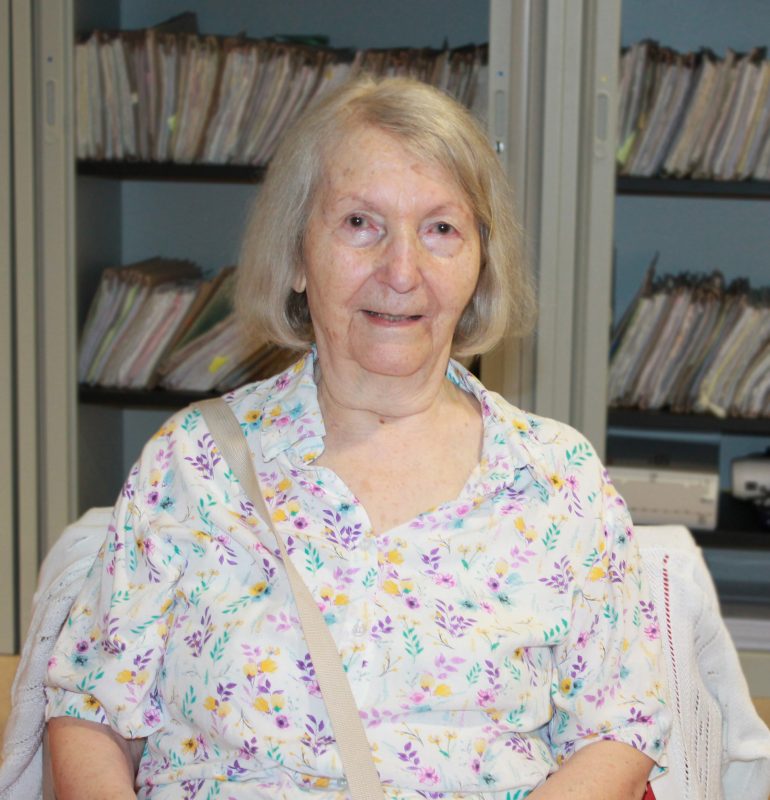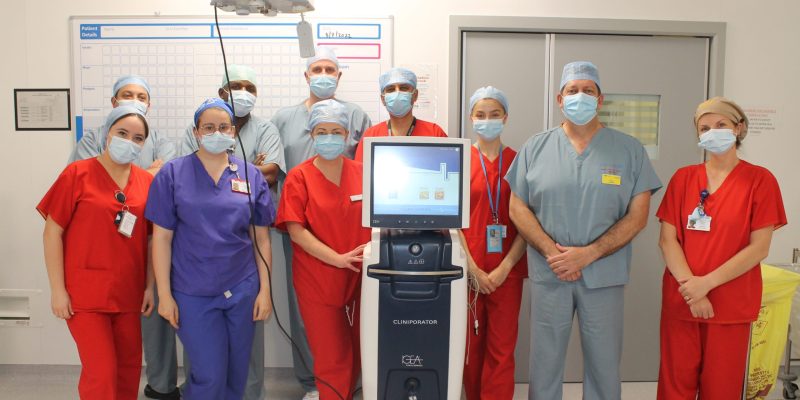Surgeons at The James Cook University Hospital have helped 500 cancer patients using a treatment called electrochemotherapy.
Electrochemotherapy is a combination therapy that targets cancer cells. The affected cancer lump is injected with the chemotherapy drug bleomycin and an electric field is then applied by a IGEA Cliniporator machine to boost the uptake of the drug in the cancer cells.
It is a localised treatment which specifically targets the cancer cells. The treatment is low risk for the patient and can be repeated if needed.
It is now a regional service and treats suitable patients from all over the north east and beyond.
The Middlesbrough team also co-founded the INSPECT collaboration (International Network for Sharing Practice in Electrochemotherapy) which now includes outcomes for over 1,500 patients treated in ten UK and 27 European centres.
‘It gives you hope’
The 500th patient to be treated with electrochemotherapy was 88-year-old Christa Selden from Hexham in Northumberland.
Christa was offered the treatment for her breast cancer.
“The electrochemotherapy is good, it’s very different to the treatment I’ve had before,” she said.

“I’ve had no pain despite my surgeon telling me I’d need strong painkillers. The first day after I had two painkillers and then I didn’t have any after that.
“It’s amazing this treatment, I’m very happy with it, the best thing about it is it gives you hope.
“I was told that it was palliative and this is not a cure but I’m hoping after more treatment the cancer will run out of steam.
“I’m lucky to have had this treatment and lucky to find a good man to do it. I am very grateful to everyone at The James Cook University Hospital.”
Christa was given the targeted chemotherapy drug by consultant plastic surgeon Tobian Muir.
“It is wonderful that we have been able to help reduce the effects of cancer for so many patients,” he said.
Over the last 15 years we have gained a lot of experience in this technology which we are sharing with other centres, especially in providing training and support to hospitals wanting to adopt and offer this practice to patients in their local area.”
